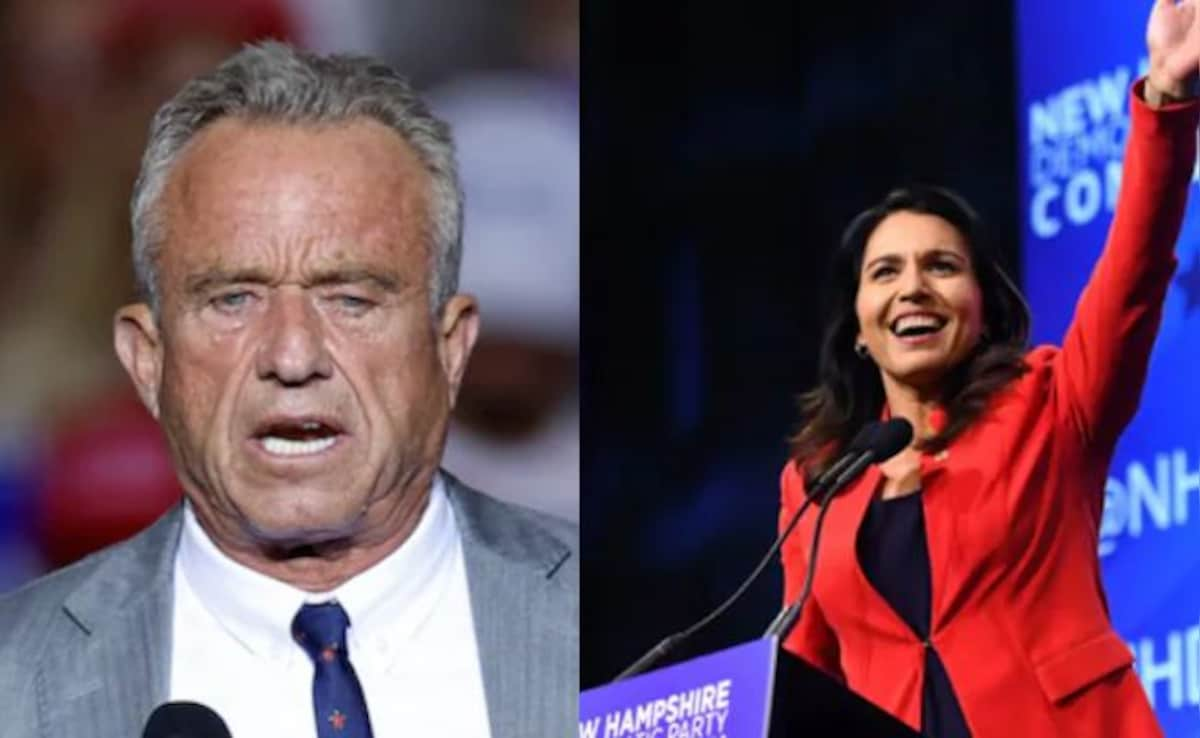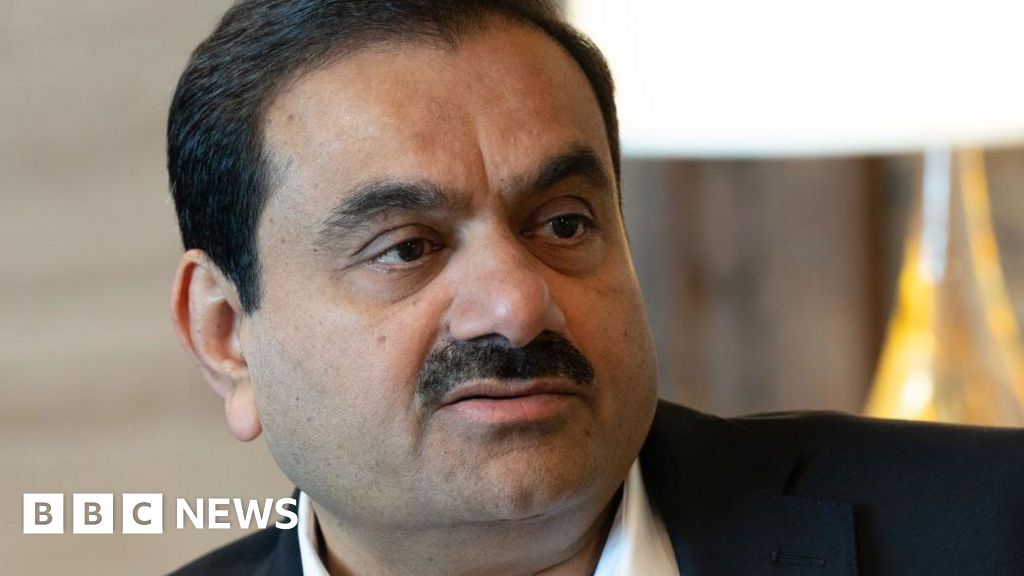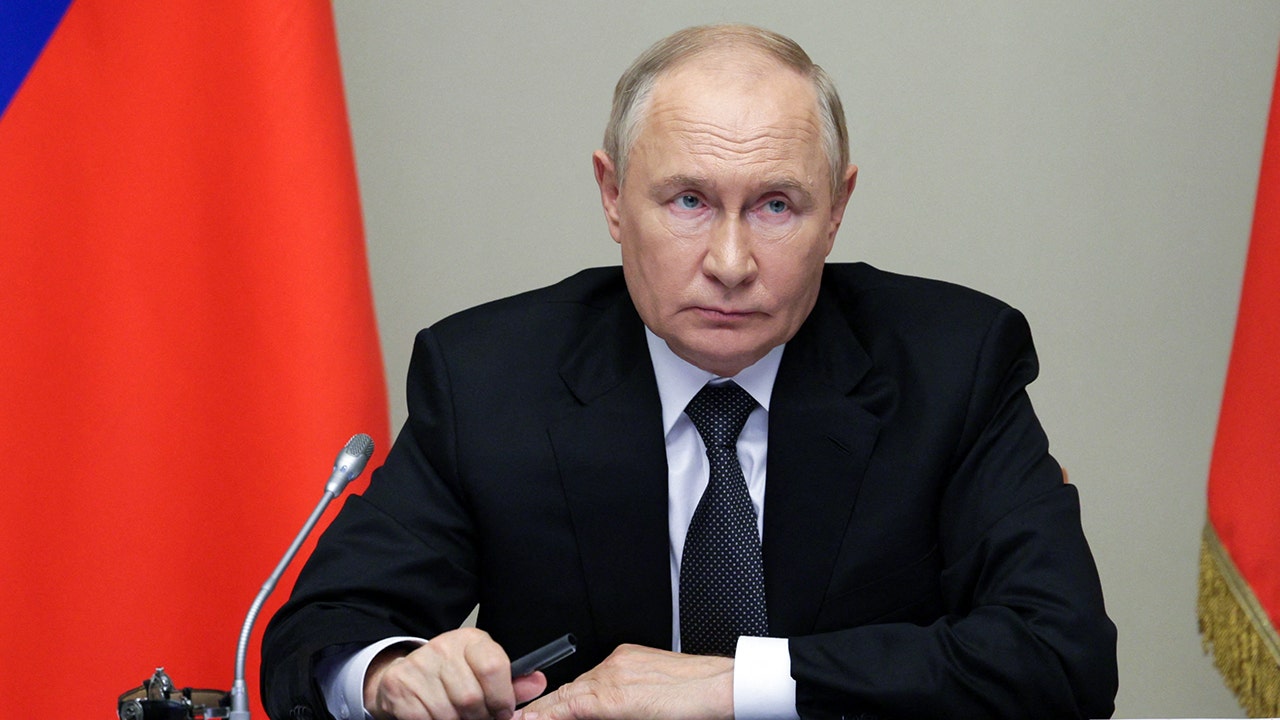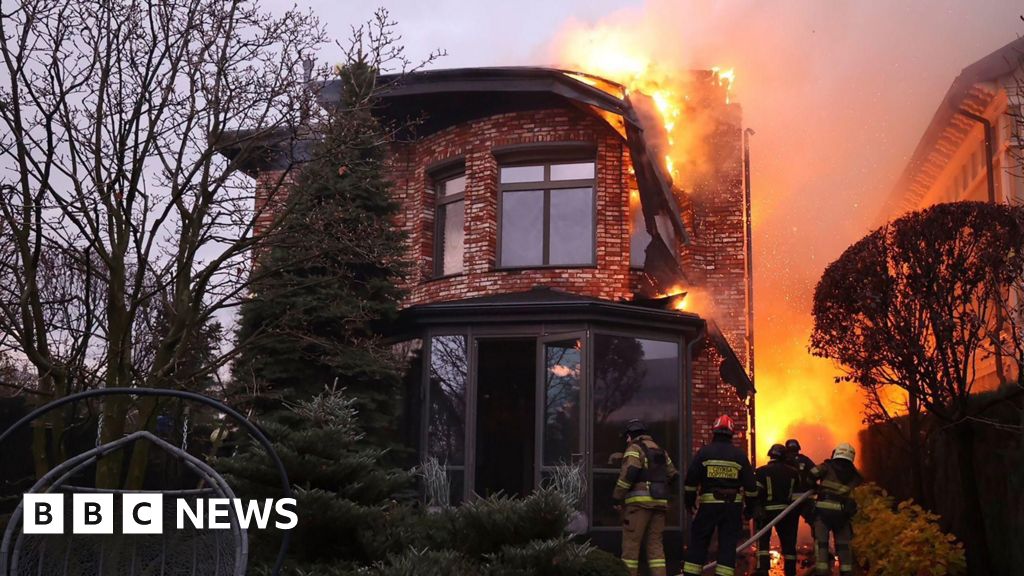World
U.S. voters split on whether Trump or Harris will be better for the economy — and them | CBC News

In a sparsely furnished row house in north Philadelphia, Saiyda Bey gets comfortable on a grey chaise lounge. The home smells of incense and her black kitten, Kit Kat, is pacing around the room.
Bey, 33, proudly wears a “Blacks for Trump” hat she bought for $20 outside the J.D. Vance rally in Pennsylvania earlier this week. She’s nervous while looking over a few notes she made in preparation for this interview, yet happy to share her thoughts on the upcoming presidential election.
“I think life would be better under Donald Trump because of his plan to secure more jobs within the impoverished neighbourhoods,” said Bey, who, like many Americans, has been struggling with the high cost of living and blames the current government for the state of the economy.
“I had always been struggling. I just struggled less under Donald Trump’s administration.”
Americans are divided on which presidential candidate will be able to make life more affordable for middle and lower income families. Neither Donald Trump or Kamala Harris have released a detailed economic platform, yet polls suggest many Americans believe the Republicans are focused on the economy and tax cuts, while the Democrats promise to tax the rich and corporations.
The north Philadelphia neighbourhood where Bey was born and raised has a 39 per cent employment rate and the median annual income was just over $28,000 in 2022, according to U.S. Census data. Most of the people there are African American and live below the poverty line.
U.S. voters at competing Democratic and Republican rallies are expressing serious concerns about their economic futures, as the cost of living quickly emerges as a dominant issue of the 2024 presidential campaign.
The economy under Biden
Under the Biden administration, the price of groceries has soared and interest rates have risen to the highest they’ve been since 2001, making it harder for some Americans to pay their mortgages or buy homes. But things are improving, with the Federal Reserve now saying a long-awaited rate cut is on the table for September, which will lower borrowing costs.
“What we are seeing right now is unemployment rate which is very low, and an inflation rate that has reached normal levels,” said Francesco D’Acunto, the A. James Clark Chair in Global Real Estate at Georgetown University in Washington D.C.

Inflation in the U.S. is currently around three per cent and trending downward toward the target rate, which is two per cent. Two years ago, it was close to 10 per cent, a 40 year high.
However, D’Acunto says wages are growing at a faster rate than inflation, and middle-class households should have already started to see an uptick in their bank accounts as a result.
“Over the last few months, they should have started to see … a reversal of this unbalance,” he said.
D’Acunto says inflation began to rise during the pandemic when borders were closed and China was unable to send goods to the U.S., Canada or other countries. That increased the price of goods dramatically, while the war in Ukraine drove up energy prices.
“Those causes were neither due to Trump, back then when inflation started to go up, nor Biden,” said D’Acunto.
Working 3 jobs to pay the bills
Bey has three jobs. She works part time as the director of memberships at the YMCA, and tends bar at two different bars. Sometimes, to make ends meet, she has to rent a car so that she can also deliver food for Uber Eats or InstaCart.
“Just to pay rent and utilities, which are electric, gas and water, anywhere from $1,200 to maybe $1,600-$1,700,” Bey said. “That’s just in this neighbourhood.”

She says that’s what it used to cost to live in the suburbs or a higher income area.
After paying her bills, Bey says she’s left with about $100 a week for food and transportation. Still, she’s doing better than some of her friends who she says were forced to move out of the neighbourhood.
“This is already a below living standard neighbourhood,” said Bey. “So to not be able to afford to live sustainably and comfortably in this neighbourhood is a problem.”
Laid off and trying to get by
Pierce Hacking worked as a currency management associate at TD Bank until he was laid off last July. He’s now living below the poverty line and looking after his dad, who was diagnosed with cancer after he recovered from a stroke.
“We’re just a regular family trying to get by,” said Hacking, who volunteers for Harris’s campaign.
Hacking, 32, lives in the Maple Shade community of New Jersey, where there is a 63 per cent employment rate and the median annual income is $71,748, according to census data.

He’ll be voting for Harris in the upcoming election and says he believes she’s the right person to lead the country.
“She has an economics degree,” said Hacking. “And that never seems to be brought up by people.”
Harris has said she would push for paid family leave and affordable child care. She has also said that building up the middle class would be a “defining goal” of her presidency.
As a California senator, Harris proposed the LIFT Act in late 2018 to boost incomes of low and moderate-income earners by establishing a refundable tax credit that matched up to $3,000 in earnings for unmarried workers and up to $6,000 for married workers. The bill never passed the introductory stage.
She had also proposed a refundable tax credit to try to help people who pay more than 30 per cent of their income toward rent.
“Kamala Harris has given me so much hope,” said Hacking.
He says he thinks she’ll stand up for all Americans and will continue to introduce tax credits and programs that will help the people who are struggling.
With a Harris vs. Trump election looking likely, The National’s Ian Hanomansing asks U.S. political insiders Cornell Belcher and Chris Cillizza to break down how the campaign could play out, and what a possible path to victory for Kamala Harris might look like.
So which party is better for the economy?
Hans Noel, an associated professor of government at Georgetown University, says that while Republicans are traditionally thought to be better for the economy, historically, the U.S. economy has done well under both parties.
“Democrats have, actually, a pretty good record on the economy, at least on some metrics like economic growth and …income distribution,” he said.
Noel says inflation is high worldwide, and if anything, the U.S. economy has recovered from the coronavirus pandemic better than some other democracies. However, he notes that voters have historically blamed incumbent parties for things that go badly under their watch.
He says that at the end of the day, voters need to determine where each party stands on the issues they’re aligned with, and vote for the candidate that most reflects their views.
Bey says when Trump was president, she received unemployment income from the government during the COVID crisis, which helped her get by. In 2020, Trump signed the Coronavirus Aid, Relief, and Economic Security Act, a $2.2 trillion economic stimulus bill.
But Bey has been a Donald Trump fan since before he was elected president in 2016. She believes his business background makes him best suited to pull the country out of inflation and make life better for Americans.
“He cares about making a change in America that doesn’t take us back to where we are coming from,” she said.









